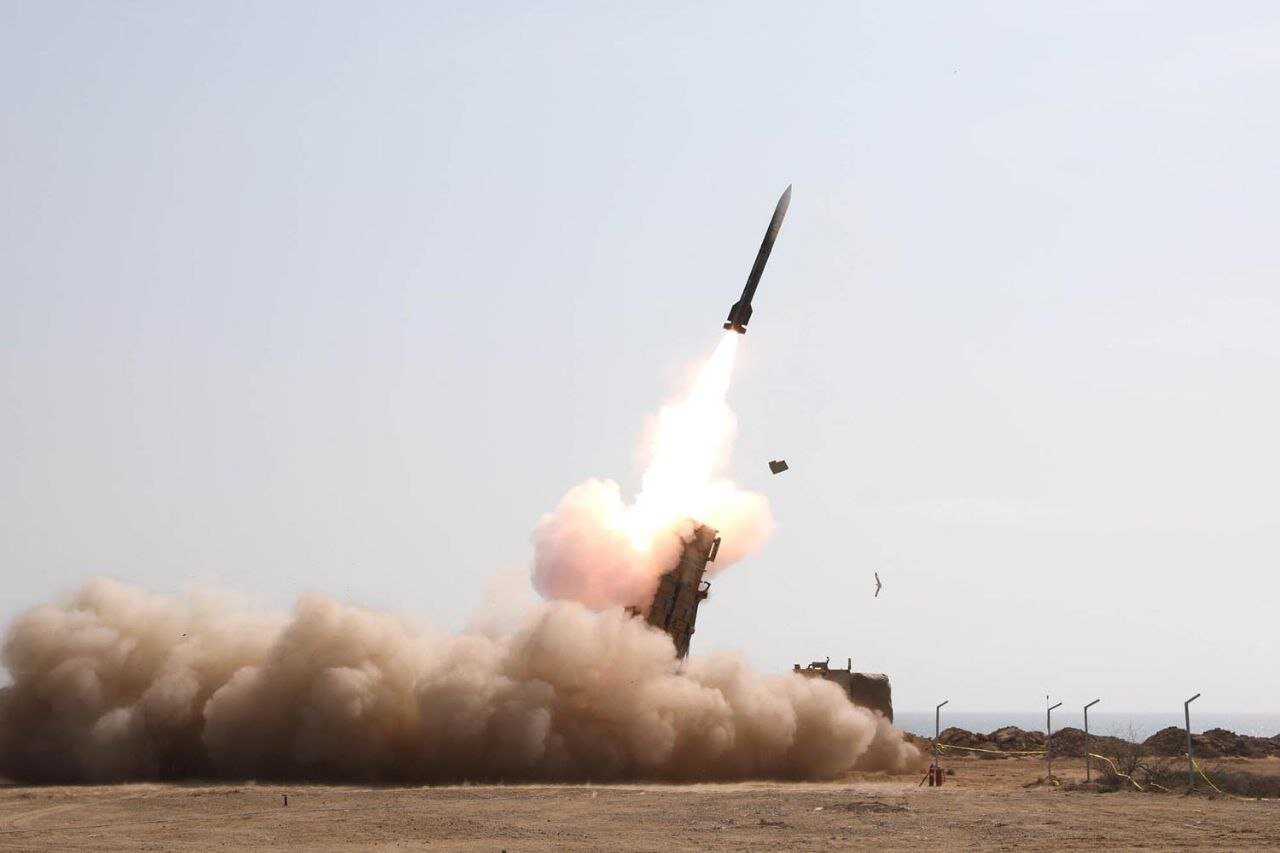What air defense systems took center stage in Iran’s Zolfaqar exercise?

TEHRAN – Iran’s Armed Forces recently concluded the large-scale Zolfaqar 1403 joint exercise along the strategic Makran coastline and the Indian Ocean.
A key component of the drill involved demonstrating the country's advanced air defense capabilities. Domestically developed systems, including the 15-Khordad, Monir, Majid, and Bavar-373, were showcased to highlight their operational readiness.
These systems are believed to form the backbone of Iran’s multi-layered defense strategy, providing a layered approach to aerial defense.
Rear Admiral Habibollah Sayyari, the Coordinating Deputy of the Iranian Army (Artesh), emphasized that these capabilities reflect Iran’s commitment to “improving defensive and deterrent power” against evolving threats.
Sayyari reiterated that Iran’s forces stand as “powerful arms and a fortress” for the nation, ready to “confront any aggression with resolve.”
Below are some of the air defense systems operated during the drill:
15-Khordad: the backbone of Iran’s strategic defense
The 15-Khordad air defense system, a centerpiece of Iran’s aerial deterrence, demonstrated its versatility during the Zolfaqar exercise by intercepting multiple mock stealth targets at ranges exceeding 150 kilometers. Leveraging data from the passive Zolfaqar radar—which detects hostile aircraft without emitting signals—the system successfully engaged advanced drones and electronic warfare-resistant threats.
Part of the Sayyad surface-to-air missiles (SAM) family, the 15-Khordad has been upgraded to counter stealth technology, with recent tests confirming its ability to destroy hidden targets. Its dual role in mid-to-long-range engagements ensures Iran can protect critical infrastructure and urban centers, cementing its reputation as a reliable workhorse in the nation’s defense network.
Monir: silent sentinel against stealth threats
The Monir passive radar emerged as a game-changer in asymmetric warfare, operating undetected to identify low-radar cross-section (RCS) threats such as stealth drones. During the drills, Monir’s 360-degree coverage and mobility enabled it to relay real-time coordinates to missile systems like the Majid, ensuring swift neutralization of low-altitude incursions.
Monir exemplifies Iran’s focus on survivable, next-generation detection by avoiding signal emissions—a critical advantage against adversaries relying on radar-jamming tactics. This system’s seamless integration with engagement platforms reflects Tehran’s layered defense doctrine, designed to outmaneuver even the most sophisticated aerial assaults.
Majid: rapid-response shield for critical assets
Combining agility with precision, the Majid short-to-medium-range missile system proved its worth in the Zolfaqar exercise by intercepting hostile drones and aircraft threatening sensitive sites. Its advanced radar and fire control systems enable simultaneous tracking of multiple targets, while its compact design allows rapid deployment to evade counterattacks.
Paired with the Monir radar, Majid forms a dynamic duo capable of protecting military bases, nuclear facilities, and urban centers from sudden strikes. This mobility and adaptability highlight Iran’s proactive approach to modern combat, where speed and precision define battlefield success.
Bavar-373: Iran’s answer to global air defense giants
The Bavar-373, Iran’s flagship long-range air defense system, stole the spotlight by engaging mock ballistic missiles and stealth fighters at a staggering 300-kilometer range. Designed to rival Russia’s S-400, this fully indigenous system integrates phased-array radars and hypersonic missiles to counter high-altitude threats.
During the exercise, Bavar-373 demonstrated seamless interoperability with shorter-range systems like the 15-Khordad, creating an impenetrable defensive web. Its success not only marks a technological milestone for Iran’s defense industry but also sends a clear message to regional adversaries: Tehran’s skies are guarded by a homegrown shield, impervious to foreign coercion.
Leave a Comment